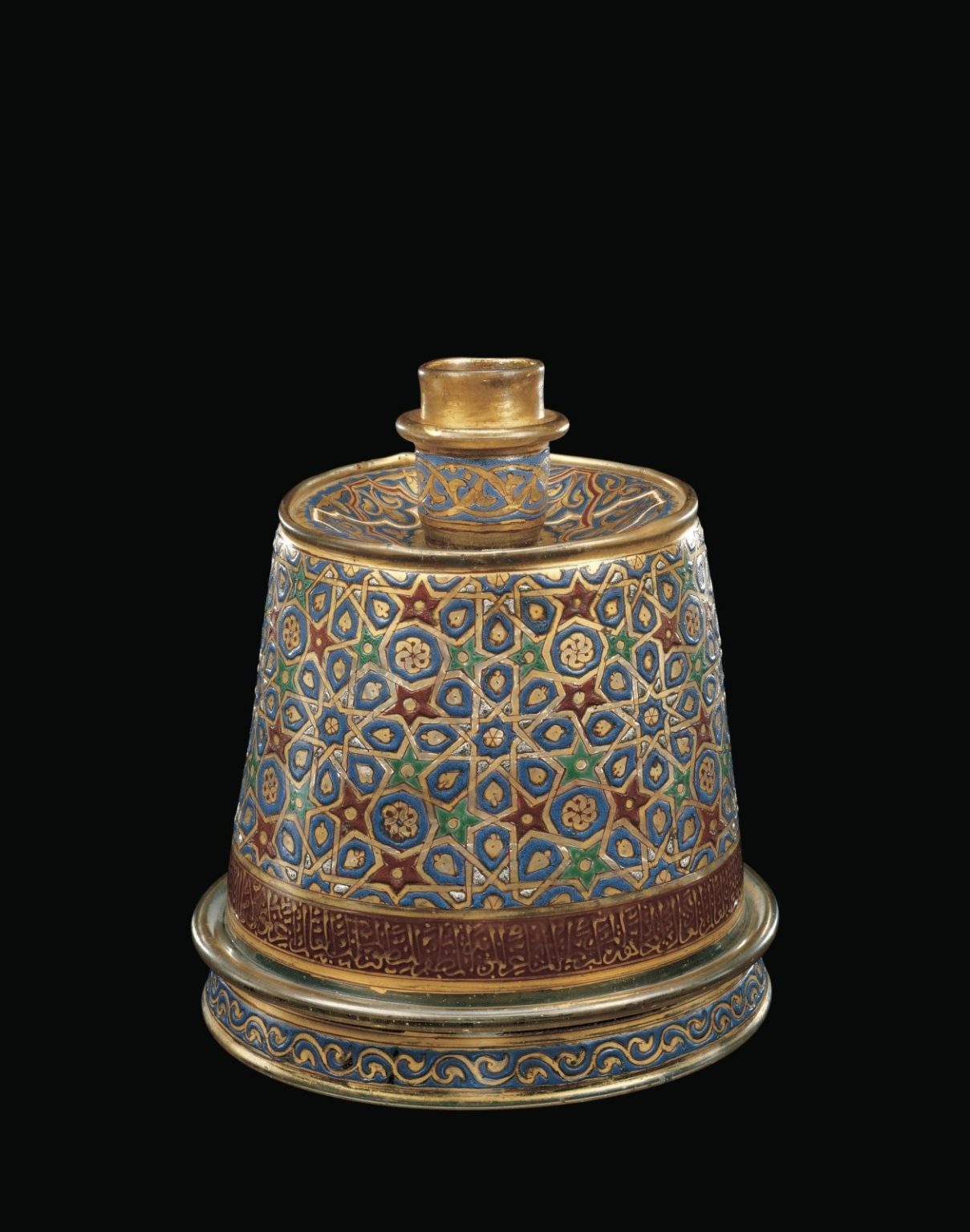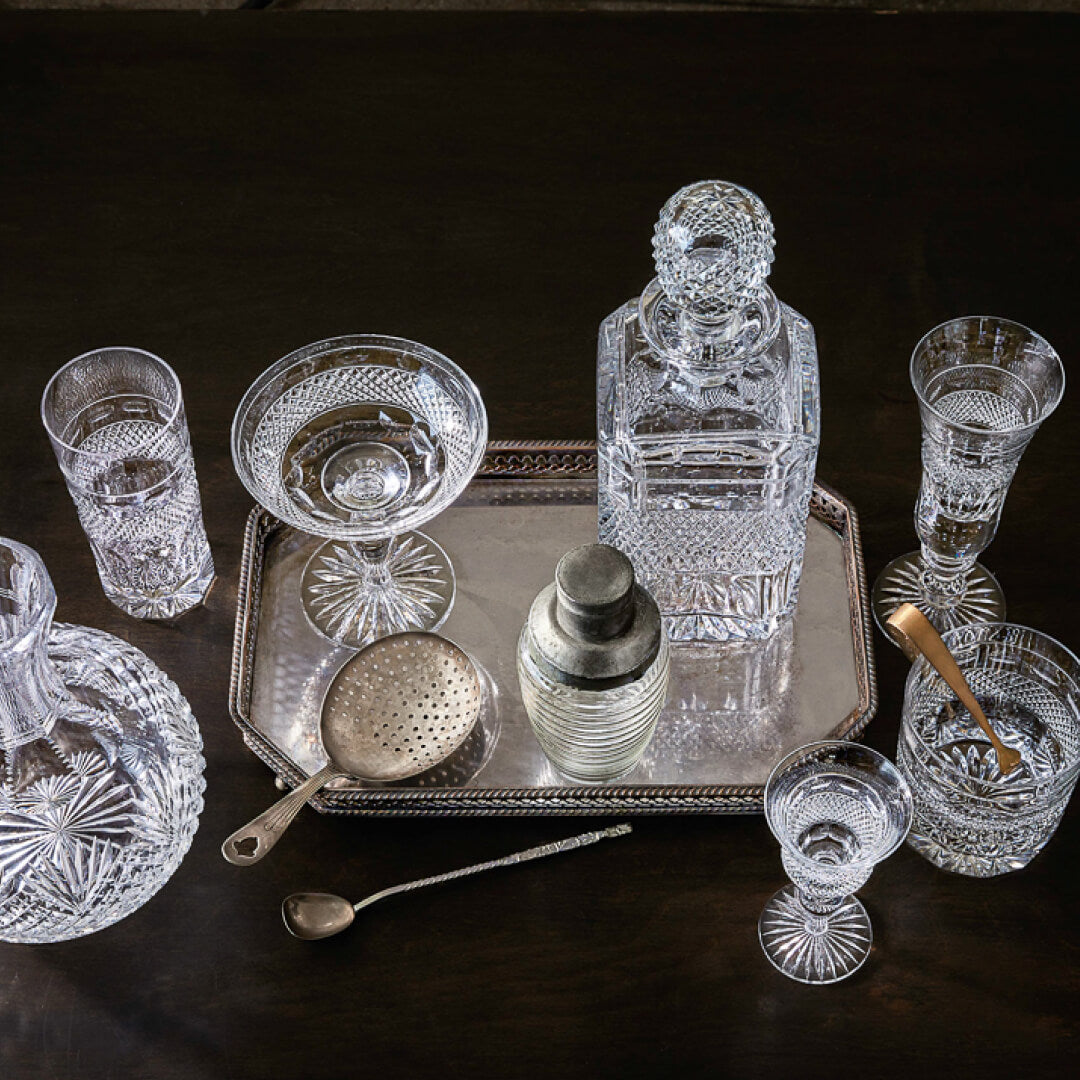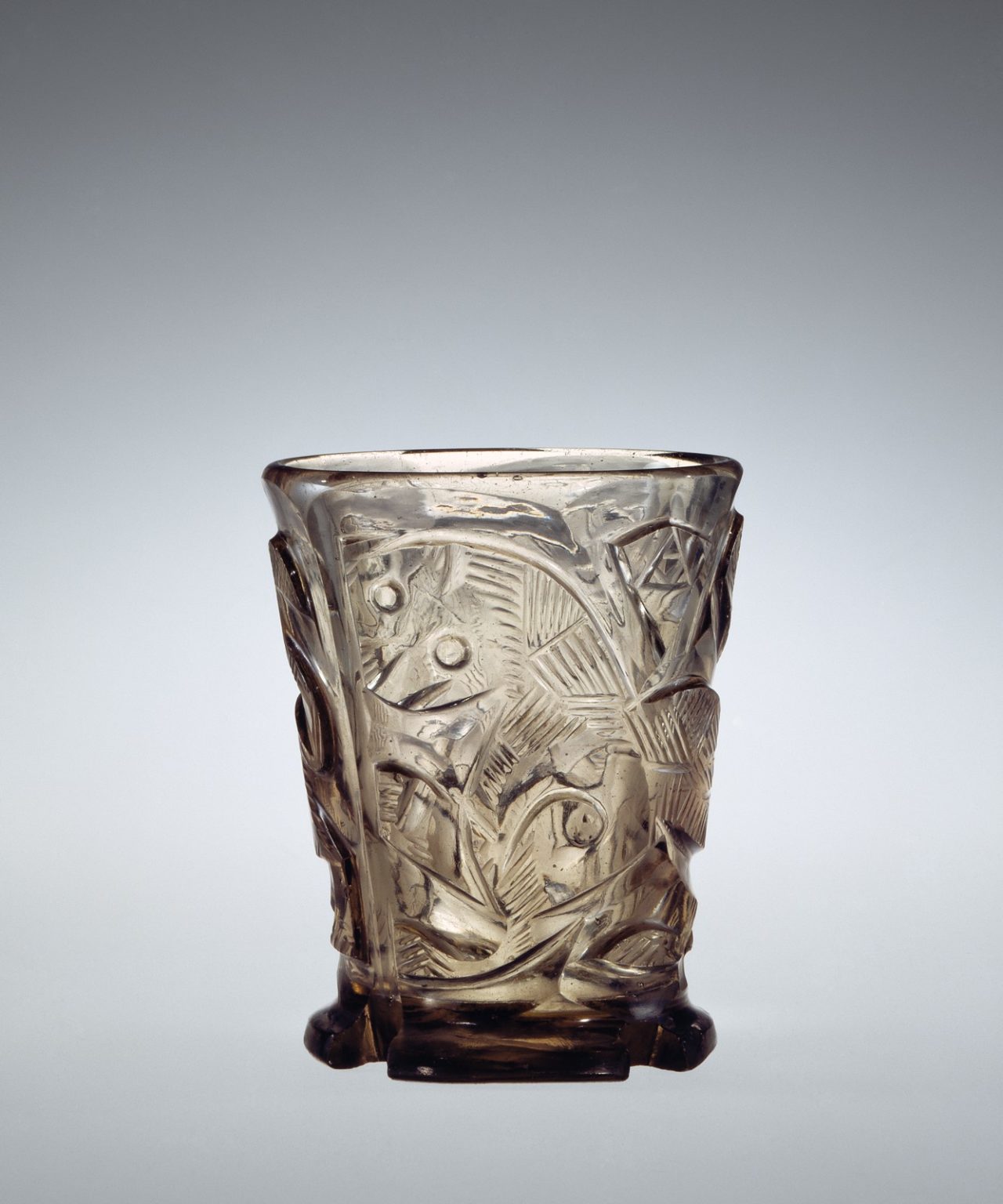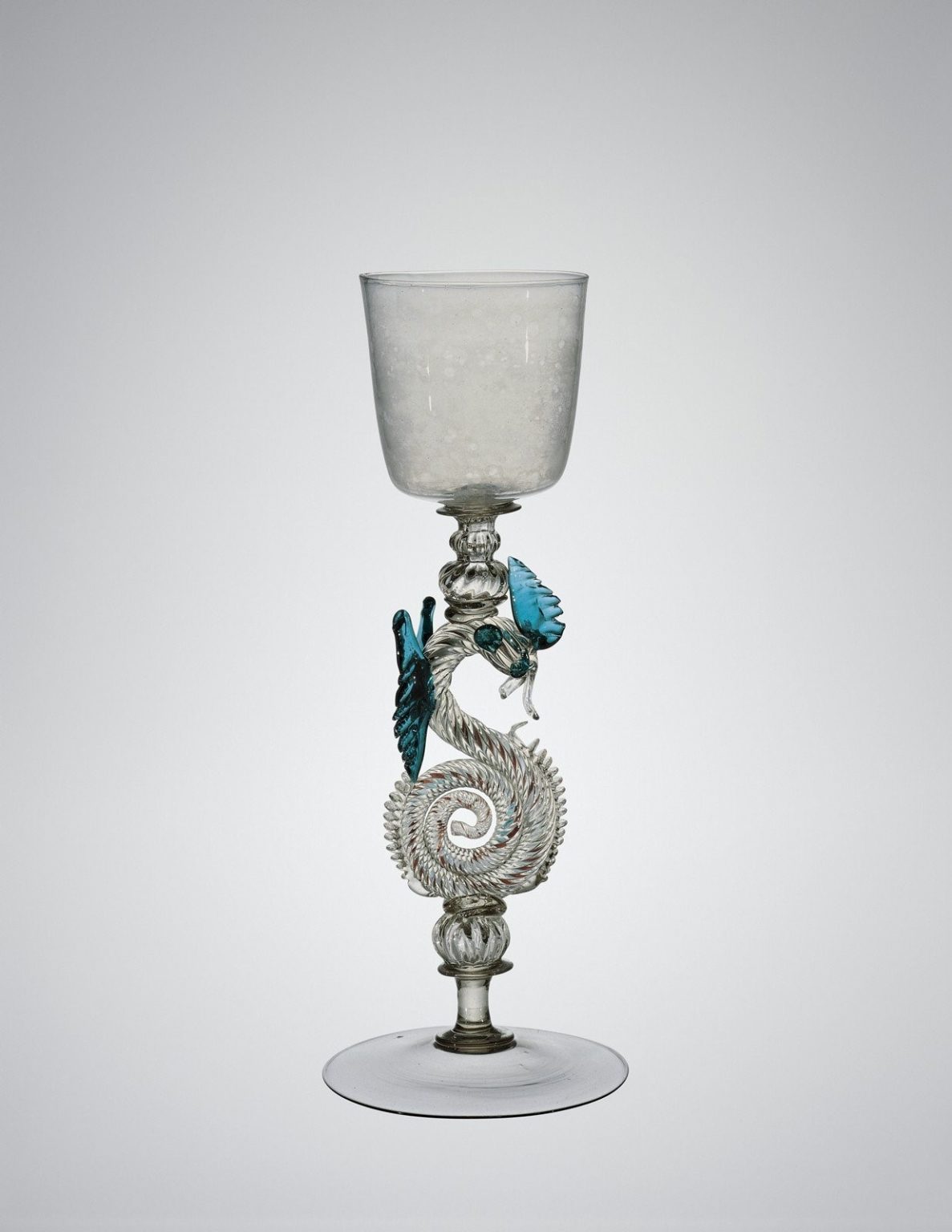
Cumbria Crystal's The History of Glass | Byzantine Glass
Byzantine glass | Volume 5
By Dr Jessamy Kelly, glass artist and educator
This month we will discuss the epoch of Byzantine Glass from the Middle East, which saw an elevated demand as high-end, luxury objects spread around the world, widely dispersing Islamic glass through trade.

After the fall of the Roman Empire, Western glass making was seriously affected. However, in the East, highly decorative glass continued to flourish with a range of mosaics, kiln cast and blown glass vessels produced during this period.
The Byzantine Empire was the continued legacy of the Roman Empire in the East during late antiquity (284AD-700AD) into the middle-ages (5th– 15th century). Constantinople, known today as Istanbul, was the capital of the Roman Empire, in Turkey. When considering Byzantine glass from this period, it is apparent that there is a superfluity of technique and process.
During the 9th century decorative techniques were pioneered, including metallic stains which created a lustre. Into the 10th & 11th century cast and cut vessels were improved upon with some very fine examples created. Between the 12th and 14th centuries gilding and enamelling techniques were pioneered, creating beautifully ornate designs on the glass.
Byzantine glass makers were based in the Levant, better known today as Syria and Palestine. They worked in a distinct style, notable examples from this period include glass drinking flasks that have a u-shaped mouth, where the mouth of the bottle is like a cylindrical funnel usually with fine threads of glass wound around the neck, often with handles to aid pouring (see figure 1). Or, a swan shaped neck, where the delicate neck of the bottle is twisted back (see figure 2). These are often called ashkdans and were apparently for collecting the tears of wives whose husbands were fighting wars.


Byzantine glass
Mosaics were a huge part of the Roman Empire and exceptional examples were created during the Byzantine period. Mosaics are images or patterns created from numerous small pieces of coloured stone, glass or ceramic set with mortar and were often used as floor or wall decoration. This beautiful panel (see figure 3) is a mix of marble and glass tesserae. It depicts a woman with very detailed jewellery holding a measuring tool, with a man offering a cornucopia to her left. The piece was restored by the Met Museum and is held in their collection.
Our final example is a beautifully enamelled and gilded glass candlestick. The surface is completely covered in Islamic geometric patterns, which include hand-painted hexagons and stars that encircle the piece (see figure 4). It is a fine example of Mamluk art from the late 14th and 15th centuries, the inscription on the piece is dedicated to a Mamluk sultan. The Mamluk capital Cairo, became a centre of trade in the Islamic world which created an economic, cultural and artistic hub.

Next month we will look at Venetian Glass from the 15th-17th Centuries, a style emerged that blended Roman glass making techniques with skills learned from the Byzantine Empire. Located at the European end of the famous Silk Road, which stretched all the way to China, Venice became a great trading centre and the most important glass-making centre in the world.
By Dr Jessamy Kelly
Jessamy Kelly is a glass artist and educator based in Edinburgh, she has worked as a freelance glass designer for Cumbria Crystal since 2016.
Do you have any questions or feedback? We would very much like you to share by emailing verity@cumbriacrystal.com








